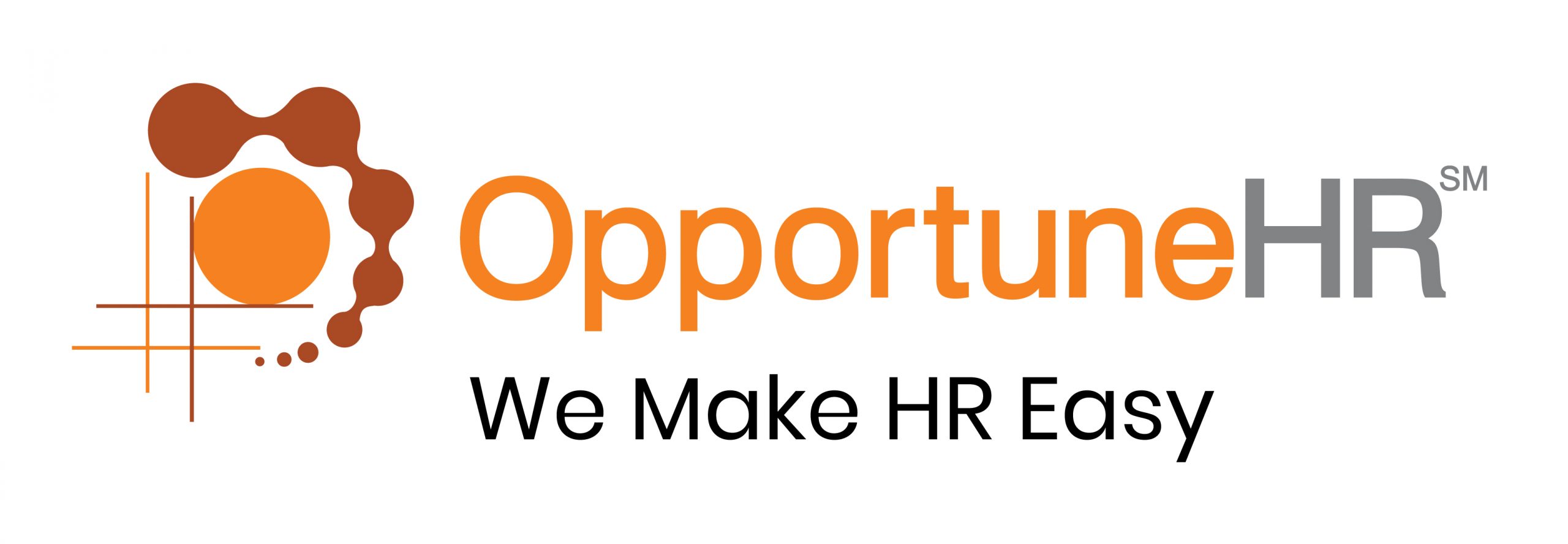What Is Data-Driven HR?
Human resources have undergone a significant transformation in recent years. No longer is it solely focused on hiring and firing employees. It has evolved into a strategic function that can drive business success. One crucial tool that HR can leverage to achieve this is data.
This has become more and more affordable as HR tools like HRMS software capture a large amount of relevant HR data. This is a goldmine for business owners, with a data-driven HR approach.
Data-driven HR means using data analytics to make decisions about workforce management. In other words, it’s all about using data to inform and guide the HR function.
Data analysis helps companies by providing insights: How is their workforce’s performance, productivity, and overall effectiveness?
But what exactly does it mean to be data-driven? How does one implement this approach in their organisation? Let’s explore these questions further.
At its core, a data-driven approach involves collecting data. Then, analyzing and acting upon relevant data points related to the workforce. This includes everything from employee demographics and performance data to engagement levels and retention rates.
By gathering this information and analyzing it with a critical eye, HR and business owners can gain valuable insights into their workforce’s strengths and weaknesses. These insights help them develop recruitment strategies, training programs, compensation structures, and succession planning initiatives – everything that is driving business success.
Companies that embrace data-driven methods outperform those who don’t.
To implement data-driven HR effectively, you need good HRMS solutions which can collect and analyze large amounts of data reliably.
While this sounds very hi-tech, it is not. this data is already available in the organisations. But scattered in various Excel sheets or registers. Or on legacy desktop HR software.
So, it is not available in a decision-friendly manner.
Cloud-based HR automation software, such as OpportuneHR, can assist HR managers in meeting their strategic objectives, such as boosting employee productivity, improving retention rates, and fostering a positive work culture.
Examples of data-driven HR
Let’s explore some real-world examples of data-driven HR in action and see just how powerful this approach can be.
At its core, data-driven HR involves using metrics and analytics to guide decision-making across a range of human resources functions.
This includes everything from recruiting and hiring to employee engagement and retention. By gathering and analyzing data, you can gain insights into what works well, what needs improvement, and where you should focus your efforts and investments.
The first requirement is to collect data. To capture as many data points as possible.
OpportuneHR solves this challenge really well. Payroll and taxation, attendance and leave, as well as timesheet module, give enough data for making informed decisions.
The data must be analyzed and presented in a decision-friendly manner.
Our detailed analytical reports will help you make decisions relating to hiring, absenteeism, employee retention and employee turnover. In fact, the possibilities are immense. Wise HR managers and business owners can use our reports to gain a competitive advantage using these reports.
- One example of data-driven HR in action is Google, which famously uses data extensively throughout its hiring process.
The company has found that traditional interview techniques are often unreliable predictors of future job performance. So they rely on potential candidates’ scores on psychological tests, and structured behavioral interviews to identify which candidates will probably do well in their organisation.
- Another example comes from Adobe Systems Inc., which has used data-driven techniques to identify key factors that contribute to employee retention.
By analyzing demographic information about employees such as age, tenure, location, etc., they could identify those who are most likely to leave the company within the next year.
With this knowledge, they took proactive steps to retain them, like offering targeted training programs, or increasing pay for those who they wished to retain.
But it’s not just tech giants like Google or Adobe who are using these techniques. Organizations across a wide range of industries have seen success with data-driven approaches in HR. For example:
-Healthcare providers often struggle with high turnover rates among nurses and staff due to burnout caused by long hours and stressful workloads.
Using HR data organisation can identify specific areas where they can reduce workload or offer additional support. This will help in decreasing turnover rates and a more engaged workforce.
– A manufacturing company can use data to identify patterns in employee absenteeism. In some instances, it was found that employees were most likely to call in sick on Mondays or Fridays.
This information helped them understand employee sentiment, and they implemented policies such as offering more flexible schedules or allowing remote work on those days. Resulting in lower absenteeism rates.
This could be different for your organisation. But knowing these details will surely help you organise things better.
Learn more about how HRMS software can prove to be helpful in the manufacturing sector
– A retail chain used data-driven techniques to optimize its hiring process. They used data to identify which sourcing channels were most effective at attracting suitable candidates for them.
By focusing their efforts on these channels, they reduced both time-to-hire and cost-per-hire while still maintaining high standards for candidate quality.
These are just a few of the many examples of how data-driven HR can be used to drive success across a range of industries and functions.
Whether you’re struggling with retention, looking to optimize your recruiting process, or simply trying to get a better handle on employee engagement levels, data analysis can be incredibly powerful.
Of course, it’s important to remember that using data effectively requires more than just gathering numbers – it requires a deep understanding of both your organisation’s goals and the underlying dynamics driving employee behavior.
But for those who are willing to put in the effort, the rewards can be significant: increased productivity, higher engagement levels, and reduced costs: all leading toward greater overall success.
We at OpportuneHR promise to make HR easy. And that’s why, apart from HR tools like HRMS software, we also extend support in helping you establish professional and data-driven HR at your organisation.
Need help in establishing key performance indicators (KPI) or performance management? We can surely help. Call us today: +91 – 7700-954949 .
From organisations like Google to our SME clients, data-driven HR offers numerous benefits to all kinds of organisations. By analysing data and using insights, HR professionals can increase workforce productivity, boost employee engagement, and improve recruiting efforts.
Additionally, data allows HR to better understand growth opportunities, and make informed decisions surrounding talent management.
In conclusion, the importance of data-driven HR will only increase in the coming years.
We’ve seen just how powerful it can be when applied correctly. By using metrics and analytics effectively across key HR functions, such as recruiting, hiring, retention, etc., organisations can gain insights into what works well or needs improvement. It will help you make professional data-driven decision-making.
From employee experience, engagement, workforce planning, and people analytics, to HR budgeting, a data-driven approach will help you create better decisions.
Employee performance and productivity will increase with data-based increments, promotions, and employee engagement programs.
Predictive analytics, like the probability of an employee leaving the organisation can help in retaining them.
It’s time for SMEs to embrace data-driven HR. To rely not just on gut feeling, but to use data-backed insights to guide our decisions.








